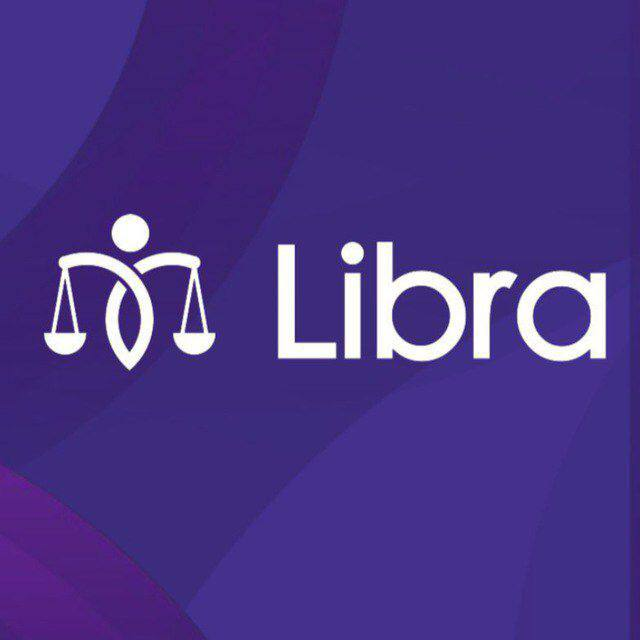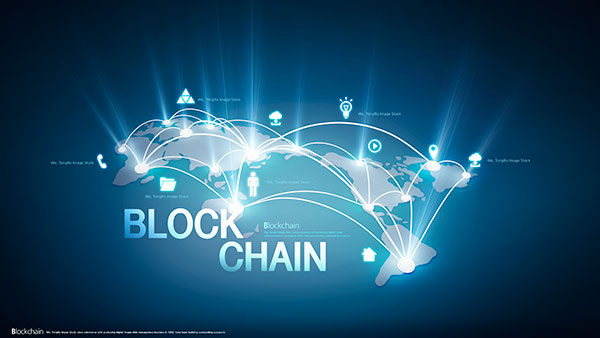 2022-03-17
2022-03-17
According to coinmarketcap data, there are currently 447 cryptocurrency exchanges. With the development of the crypto market, the evolution of the entire process from traditional financial exchanges, centralized exchanges to decentralized exchanges symbolizes that cryptocurrency trading has created a new concept, and decentralized blockchain technology has become a trend.
Evolution from CEX to DEX. CEXs and DEXs play different roles in the crypto market. Due to the huge profit potential in them, many practitioners are rushing to the exchange field to continuously improve the development of the cryptocurrency trading ecosystem. The biggest difference between the two is that CEX's trading assets are stored in the exchange's wallet, while DEX's trading assets are stored in the user's wallet. In contrast, the transaction model of DEX is more in line with the decentralization advocated by the blockchain, that is "use and go".
Among the roles, CEX plays the role of traditional exchanges, banks, etc., helping buyers and sellers to hold funds, conducting transactions, providing security and monitoring, while DEX is the largest project category in DeFi projects, it supports anonymity, without the need for third-party project parties to intervene in funds, it gives most investors control over the private key, and enhances the credibility of the transaction process. However, since Compound has introduced liquidity mechanism, the DeFi ecosystem has grown, attracting more investors and projects. With huge transaction liquidity, DEX has gradually threatened the monopoly position of CEX. From CEX to DEX, they are solving different problems at their level:

In terms of the financial security, users are worried about their funds being stolen or the exchanges running away. They have lacked of trust in the centralized transaction process. The existence of DEX, however, it gives users some sorts of protection as it greatly improves the security. Each user has an independent transaction address, but one needs to properly manage the key, as once the key is lost, it cannot be retrieved; as for business compliance. CEX is regulated by the government, and the regulations on the blockchain ecology vary from country to another country. As a innovative decentralized ecology, DEX has not been effectively supervised yet. Everyone can participate in the construction and operation of the ecology. This is an issue that each project party is paying more attention to;
As for transactions efficiency, most DEX projects are traded on ETH, causing congestion problems and inefficiencies in the entire transaction and settlement process, while CEX is highly centralized and has some advantages in efficiency. After the wallet is charged to the exchange, it will automatically transfer to the main address of the exchange, waiting for the user to issue an order, and the exchange will match the transactions. Similar to the traditional financial P2P model, the CEX exchange acts as an intermediary for matching of transactions.

In summary, the continuous improvement of the underlying technology and the vigorous development of public chain applications have driven the ecological rise of DeFi sector. According to Footprint Analytics, there are currently more than 1,026 DeFi projects, of which 254 are DEX projects and other types of projects account for 772; the DeFi total lock-up volume (or TVL) reached 280.7 billion US dollars, of which DEX accounted for more than 86 billion US dollars, DEX TVL accounted for 33% of the total DeFi TVL, and DEX played a pillar role in the DeFi ecosystem.
Libra Swap:
DEX is based on Liquidity Pool whether in the traditional financial industry or the cryptocurrency market, the liquidity of funds is one of the important factors. Without liquidity, it is difficult to leverage on the vigorous development of the market. A liquidity pool is essentially a reserve holding of two or more tokens that are in the DEX's smart contracts and can be traded by users at any time.
The logic behind Libra Swap liquidity mining is simple. The users provide liquidity for an AMM protocol trading pair (HOC-RMC) and to obtain LP tokens. They can pledge LP tokens in exchange for the project's native tokens. This model gives liquidity providers strong economic incentives, hence they are willing to provide liquidity for tokens in exchange for higher returns. Due to the increased liquidity, not only that users can earn higher AMM exchange rates, but also pledge LP tokens to obtain more project native tokens to ultimately earn higher returns. The Libra Swap liquidity incentive mechanism, by rewarding users with native tokens, it brings greater liquidity to the protocol and with the sharp increase in the number of users, it will further spur the spiraling opportunity to increase the token value.
With the Libra Swap liquidity mining mechanism, it can ensure sufficient liquidity for the startup and continuous operation of the platform, and hence reduce transaction slippages for users in the ecosystem. In the future, with the multi-ecology and multi-interface, various DeFi protocols will be created. This is enough to prove that liquidity mining can lower the entry barrier for both users and DeFi project founding teams.
The Future of Libra Swap: Rise in ecosystem
The combination of DEX and LP tokens realizes large-scale on-chain token transactions and liquidity mining mechanisms. Through a strict pledging mechanism and risk control model, it lays the foundation for subsequent transactions matching and decentralized panoramic service facilities. The on-chain data and computing services of Libra Swap provide the underlying infrastructure required for many DeFi applications, and facilitate the innovative development of more applications.

The blockchain ecology is constantly being upgraded and innovated, and various projects on Libra Swap will be achieving a greater breaking through in innovations. From CEX to DEX, they solve various problems such as network congestion, high gas fees, capital utilization, etc. at all levels. It provides projects and users with a better and premium experience. I believe that in the near future, more projects will bring new inspiration to Libra Swap as well as greater value to the LBS smart chain.
Libra Protocol Labs